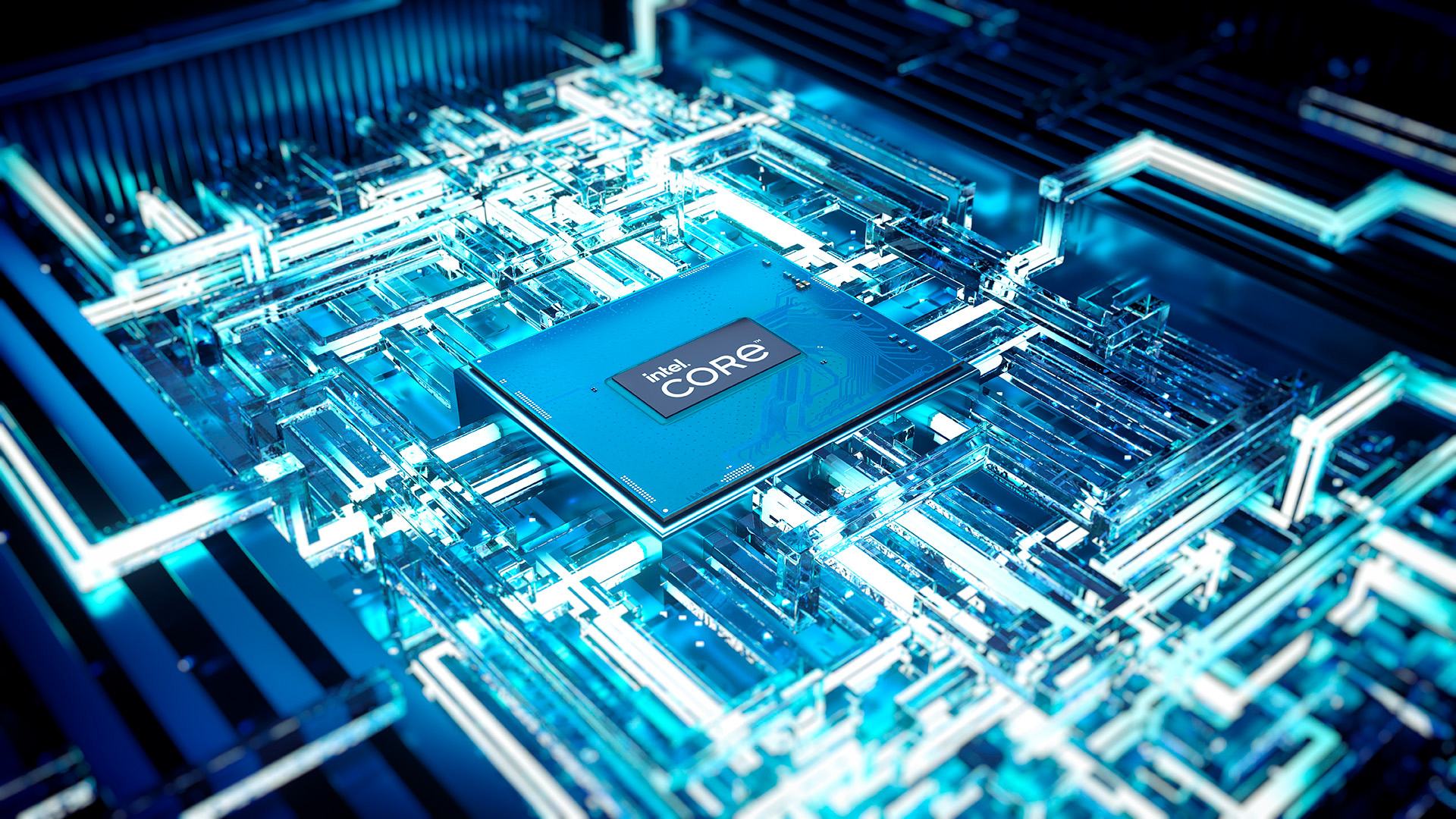
Chinese Nuclear Lab Uses Intel, Nvidia Chips Despite Ban
The U.S. Department of Commerce has blacklisted hundreds of Chinese entities associated with military and nuclear research, in a bid to prevent the use of American technologies for these operations. But these entities can still obtain key hardware on the open market without any limitations, according to findings by the Wall Street Journal.
The state-run China Academy of Engineering Physics (CAEP) has been on the U.S. export blacklist since 1997, but the organization continues to use computers based on Intel Xeon Gold processors equipped with Nvidia GeForce RTX graphics cards, according to its own research papers analyzed by the WSJ. Such CPUs and graphics cards cannot be sold by Intel or Nvidia directly to CAEP, but they are still available from marketplaces like Aliexpress and Taobao.
The China Academy of Engineering Physics conducts research in different fields. Physicists from CAEP helped to develop the country’s first hydrogen bomb and were instrumental in China’s nuclear program. U.S. authorities do not want China to further develop its nuclear capabilities, but it’s believed the country has over 400 warheads and could stockpile as many as 1,500 by 2035.
To develop those warheads, Chinese researchers need high-performance computing (HPC), and because they cannot build powerful supercomputers based on leading-edge chips developed in the U.S., they use domestic CPUs instead. Both the Trump and Biden administrations have imposed strict curbs against China’s semiconductor and supercomputer sectors in recent years.
For example, American wafer fab equipment makers cannot sell companies like China’s SMIC tools that can be used to build chips on advanced fabrication technologies, yet SMIC still found a way to develop 7nm-like production nodes. Meanwhile, U.S. export regulations set last October bans shipping American technologies that enable supercomputers with performance of over 100 FP64 PetaFLOPS, or over 200 FP32 PetaFLOPS within a 41,600 cubic feet (1178 cubic meters) or smaller envelope to China.
Still, CAEP continues to use PCs and servers based on recent Intel and Nvidia hardware, since it is impossible for the U.S. government to control every single chip that American companies sell, especially keeping in mind that China bought more than a third of all chips produced in the world in 2021. For example, CAEP’s procurement tenders from 2020 included systems based on Intel CPUs and equipped with Nvidia V100 GPUs.
“It is insanely difficult to enforce the U.S. restrictions when it comes to transactions overseas,” said former top Commerce Department official Kevin Wolf, to the WSJ.
A representative of the U.S. Bureau of Industry and Security expanded on this idea, telling the publication, “As mass-market products move through multiple parties in global supply chains, full visibility on ultimate end users is a large undertaking.”
The CAEP does not hide the fact that its researchers use machines based on Intel CPUs and Nvidia GPUs. It is disclosing this fact in its research papers, and there is seemingly no way the American government can stop this.

